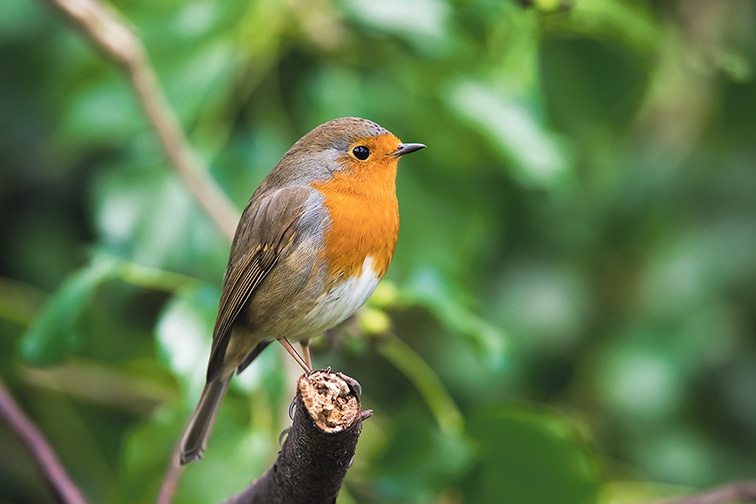Bealtaine is the name in Irish, Scottish-Gaelic and Manx mythology for the seasonal feast at May 1. At the end of the dark half of the year, Bealtaine is a survival of one of the four great Celtic calendar feasts, known in early Ireland as ‘Imbolc’ (February 1), ‘Lughnasa’ (August […]
Fact & Folklore
Cattle have been domesticated in Ireland since the fourth millennium B.C. They were of paramount importance in Irish society, which is reflected in medieval stories concerning cattle and cattle raiding. The celebrated brown bull of Ulster lies at the heart of the tale of the ‘Táin Bó Cuailgne’, which led […]
Christmas as a time of celebrations and revelry goes back to the customs of pre-Christian times. Mistletoe, yule logs, holly and evergreen trees are of pagan origin, sacred to the Romans and Celts. Of all the Christian festivals, Christmas was considered the most important in Ireland, and preparations began some […]








